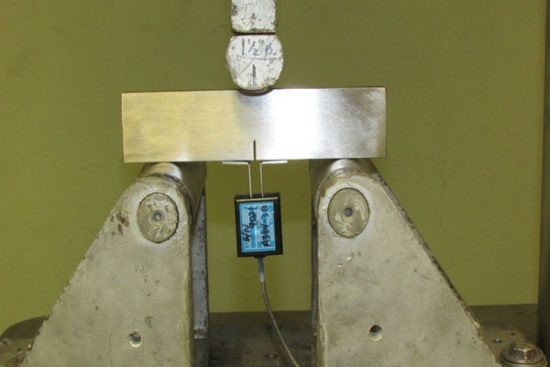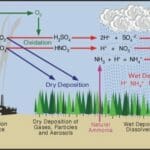- Course No E – 1574
- PDH Units 7.00
No data found for Custom Course Number
No data found for Custom Course Units
- Course No E – 1574
- PDH Units 7.00
Intended Audience: structural engineers, bridge engineers, mechanical engineers, and industrial engineers
PDH UNITS: 7
Fracture Toughness Testing, Methods & Criteria
Do you know how to calculate the fracture toughness of sharply notched structural members? Get the guidelines for the prevention and control of fracture in metal structures in our online engineering course curated by Dr. Ayman A. Shama, Ph.D., PE, F.ASCE, LEED AP, ENV SP. This course discusses metal cracks initiation, growth, and propagation. In particular, it covers how to determine the necessary fracture toughness value for specific structural applications. The fundamental concepts of linear-elastic fracture mechanics are used to evaluate the extent of damage. These are also use to determine whether or not a specified fracture toughness can be sustained by a structural member. In this context, different fracture criteria are outlined in this course as well as examples of their use. Fracture control plans for the prevention and control of fracture in metal structures are also outlined. The objective of this PDH course is to provide you with critical background and video of the different kinds of cracks that develop in metal structures. It's also designed to help you distinguish between the appropriate fracture toughness to mitigate unstable cracks. Based on the approaches presented in this course, you'll also be able determine appropriate fracture toughness values. You'll also be able to prioritize different cracked members in a structure for repairs in terms of the extent of damage in each member.Learning Objectives
At the successful conclusion of this course, you’ll be able to determine and explain:- The differences between ductile and brittle fracture toughness in structure members
- Ductile-to-brittle transition behavior of metals under variable temperatures
- Different modes of fracture for a cracked member
- Stress intensity factor and its role in fracture of cracked structural members
- Effects of loading rate, temperature, and triaxial state of stress on fractured structures
- How to evaluate the maximum load that can be tolerated by a cracked member in a structure
- Different ASTM Standards for the evaluation of fracture toughness of a material
- Different fracture criteria and their implementation in a fracture control plan
Once completed, your order and certificate of completion will be available in your profile when you’re logged in to the site.
Ethics Courses
Course No E - 1574
PDH Units 7.00










